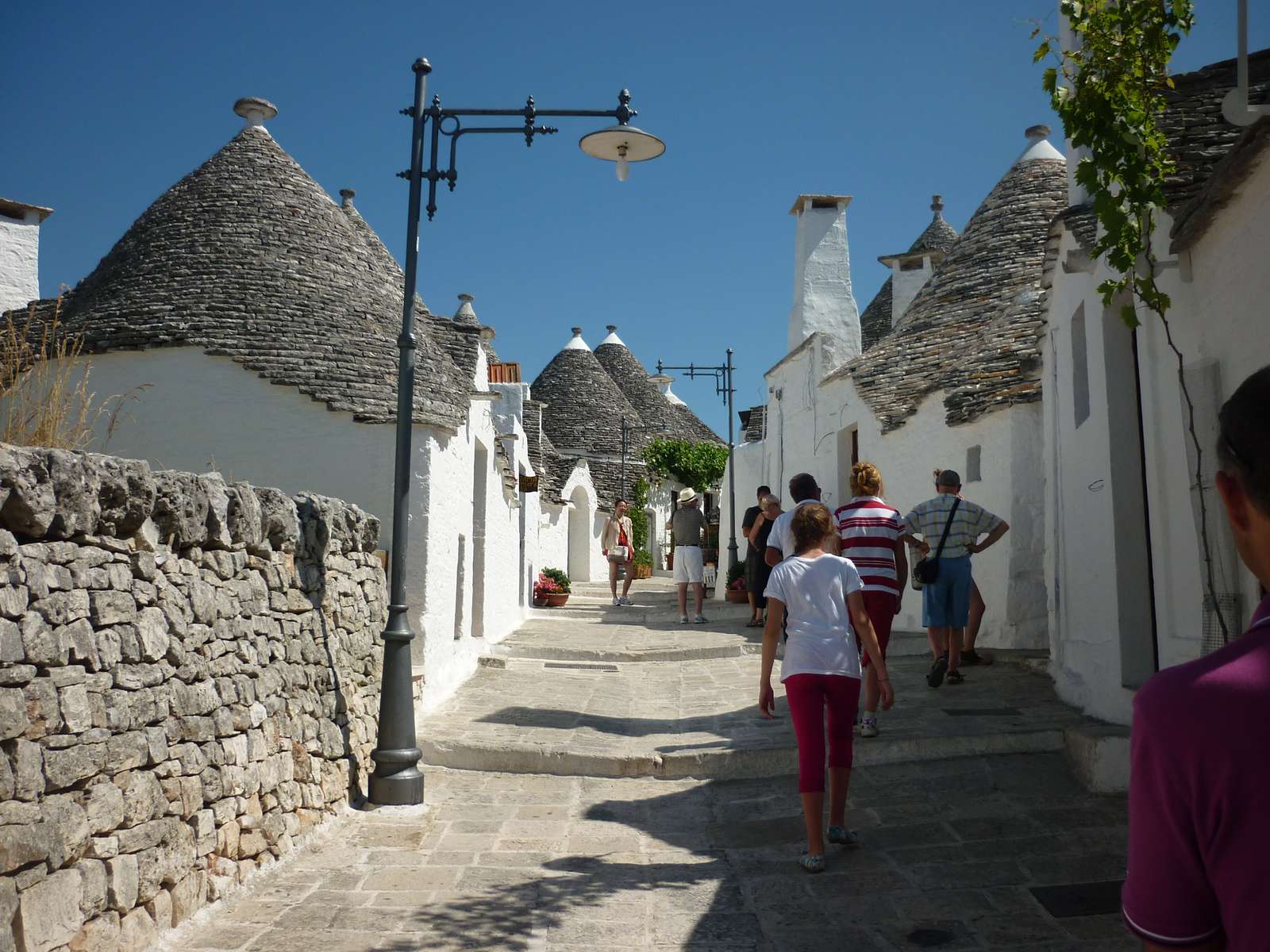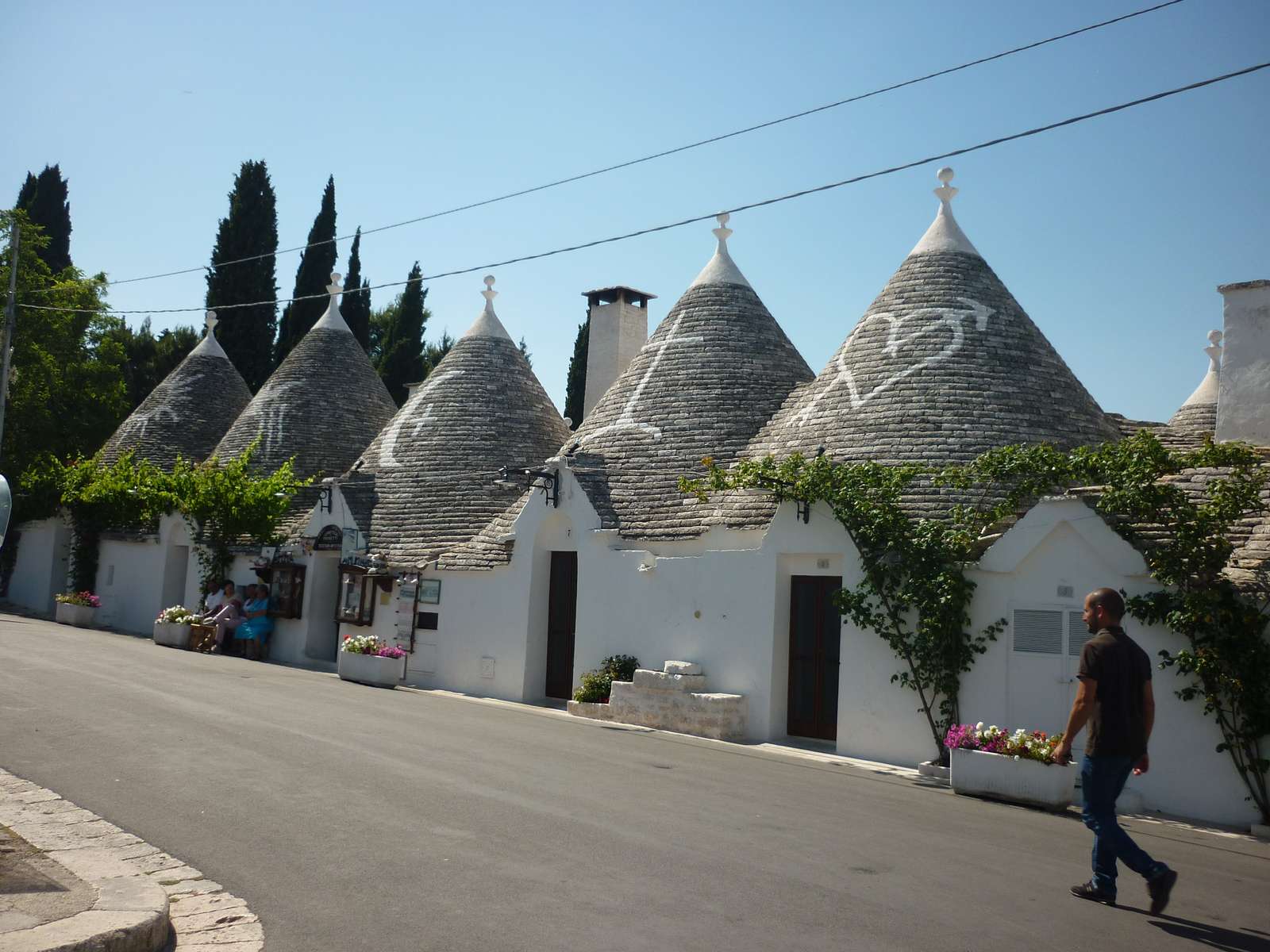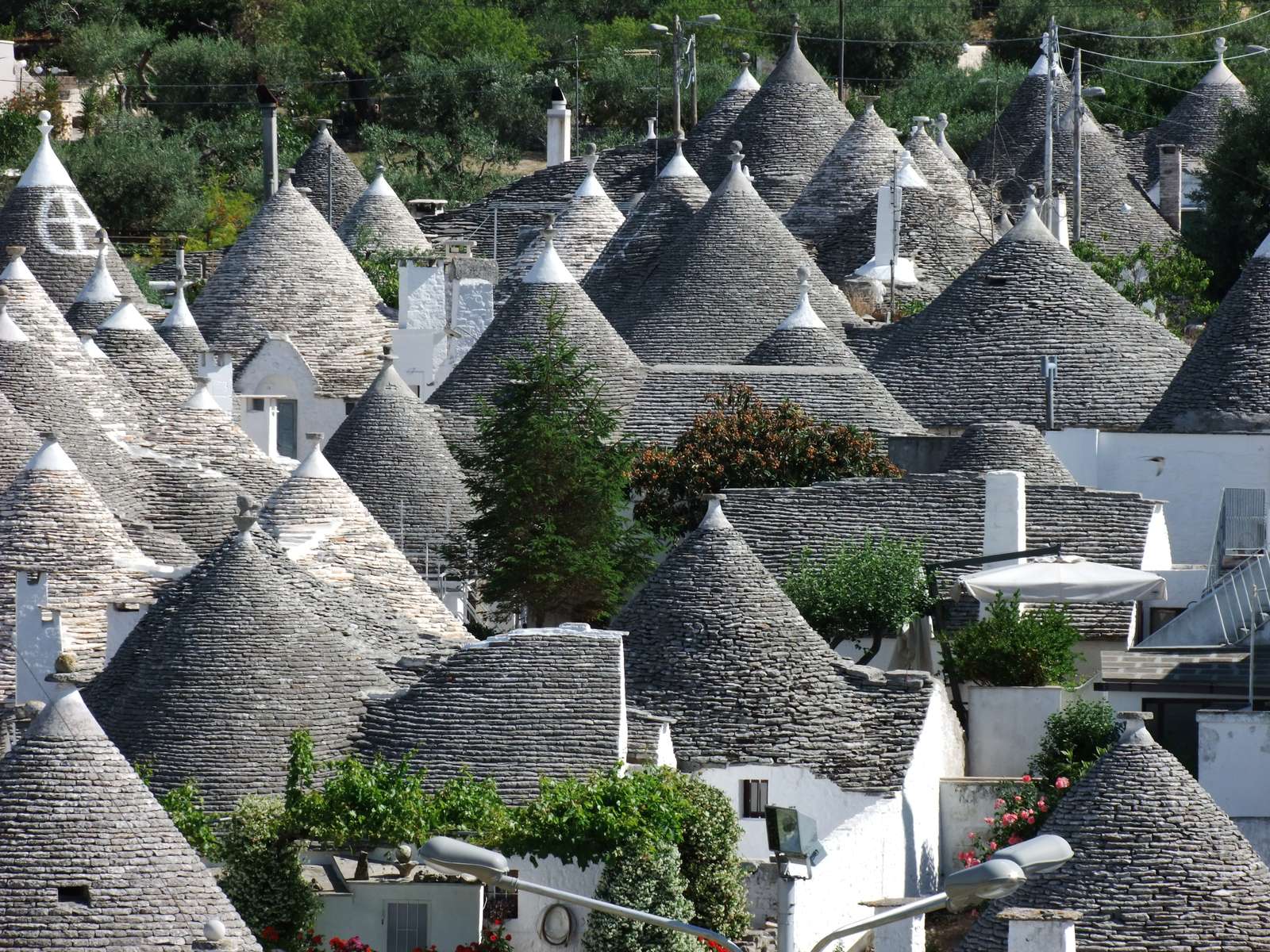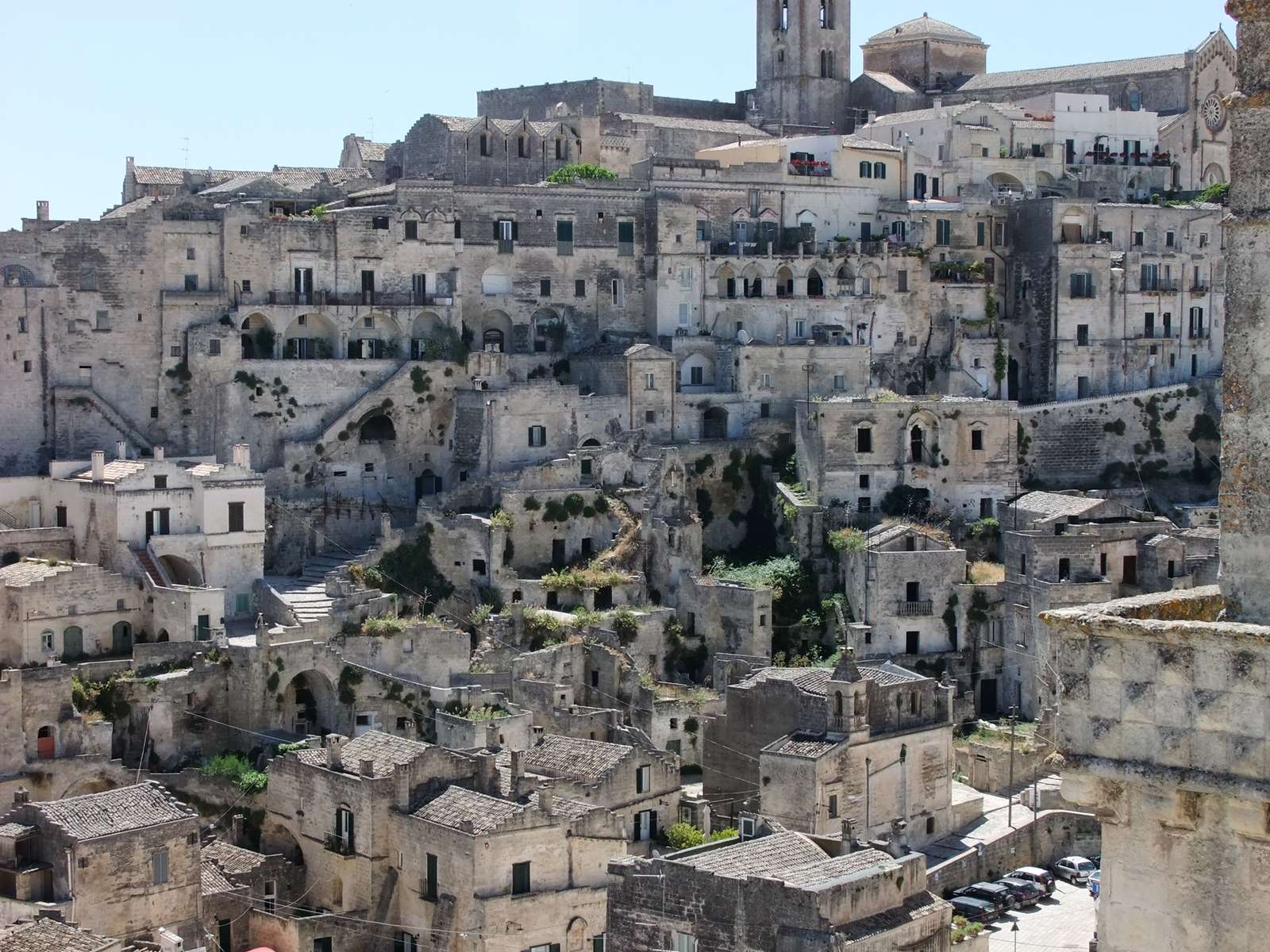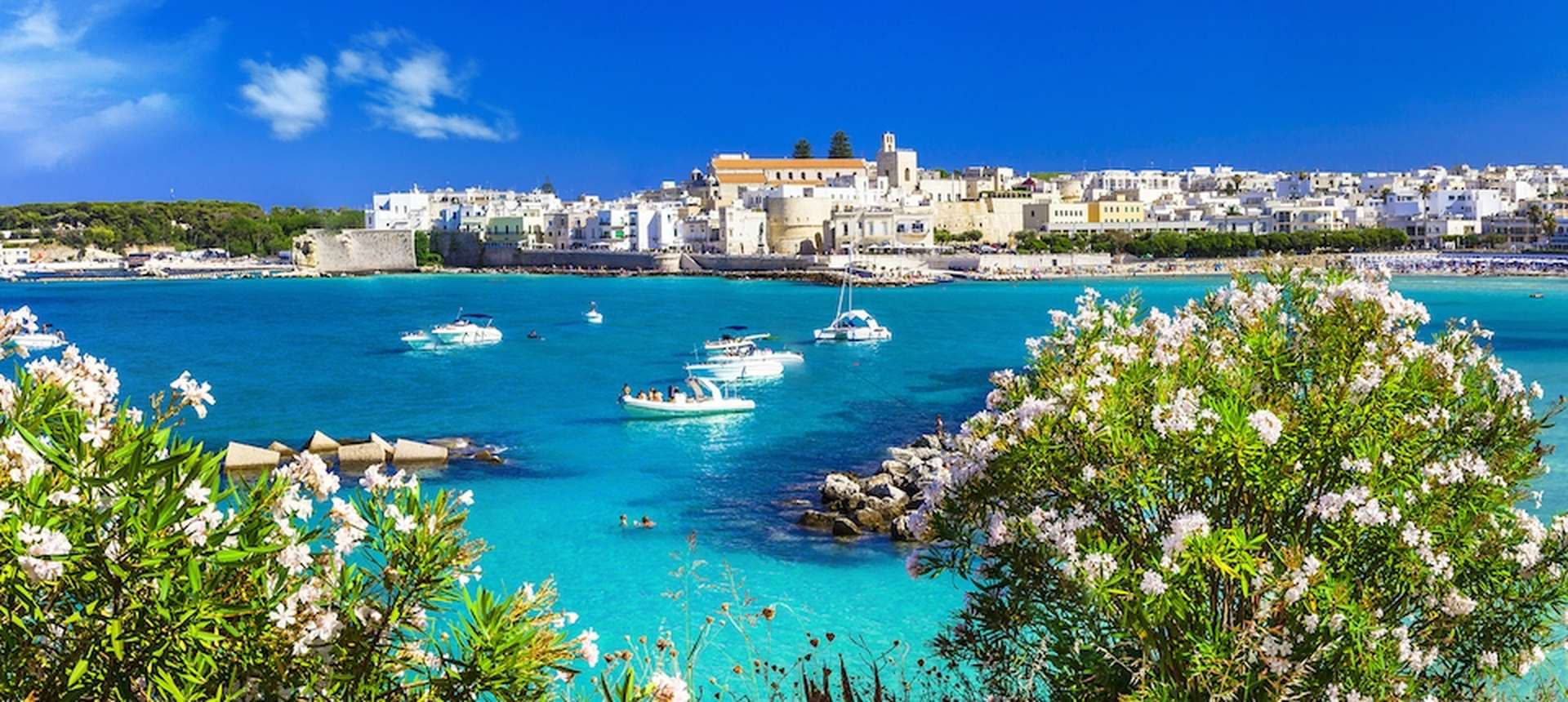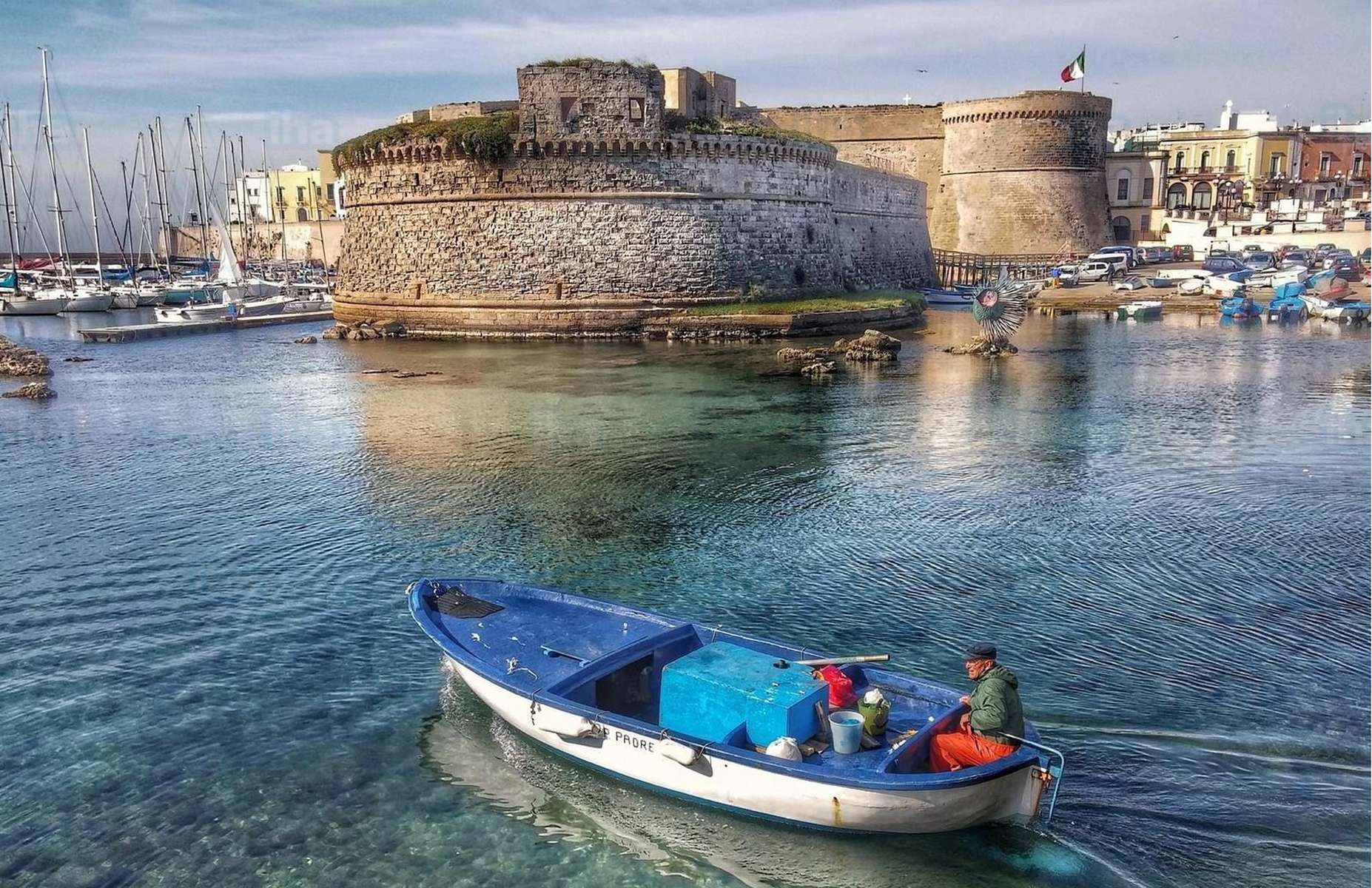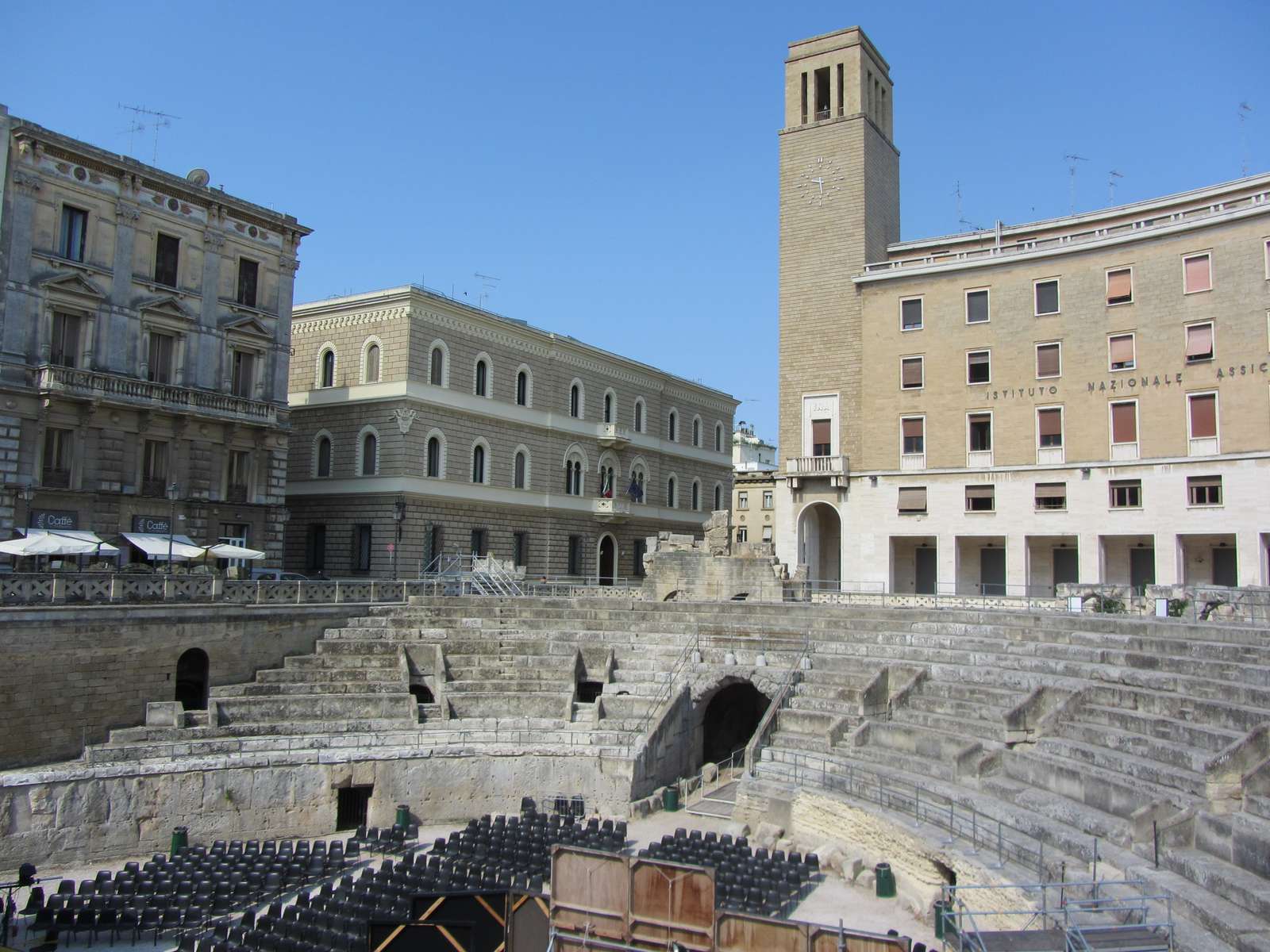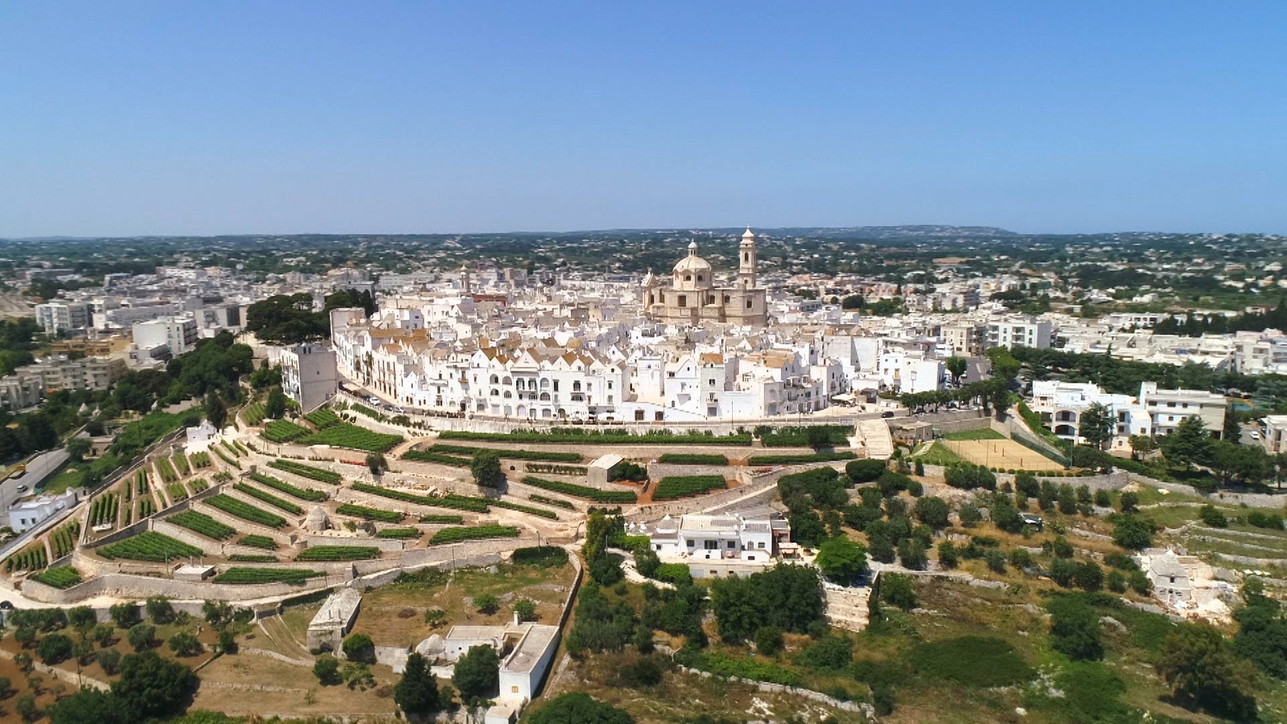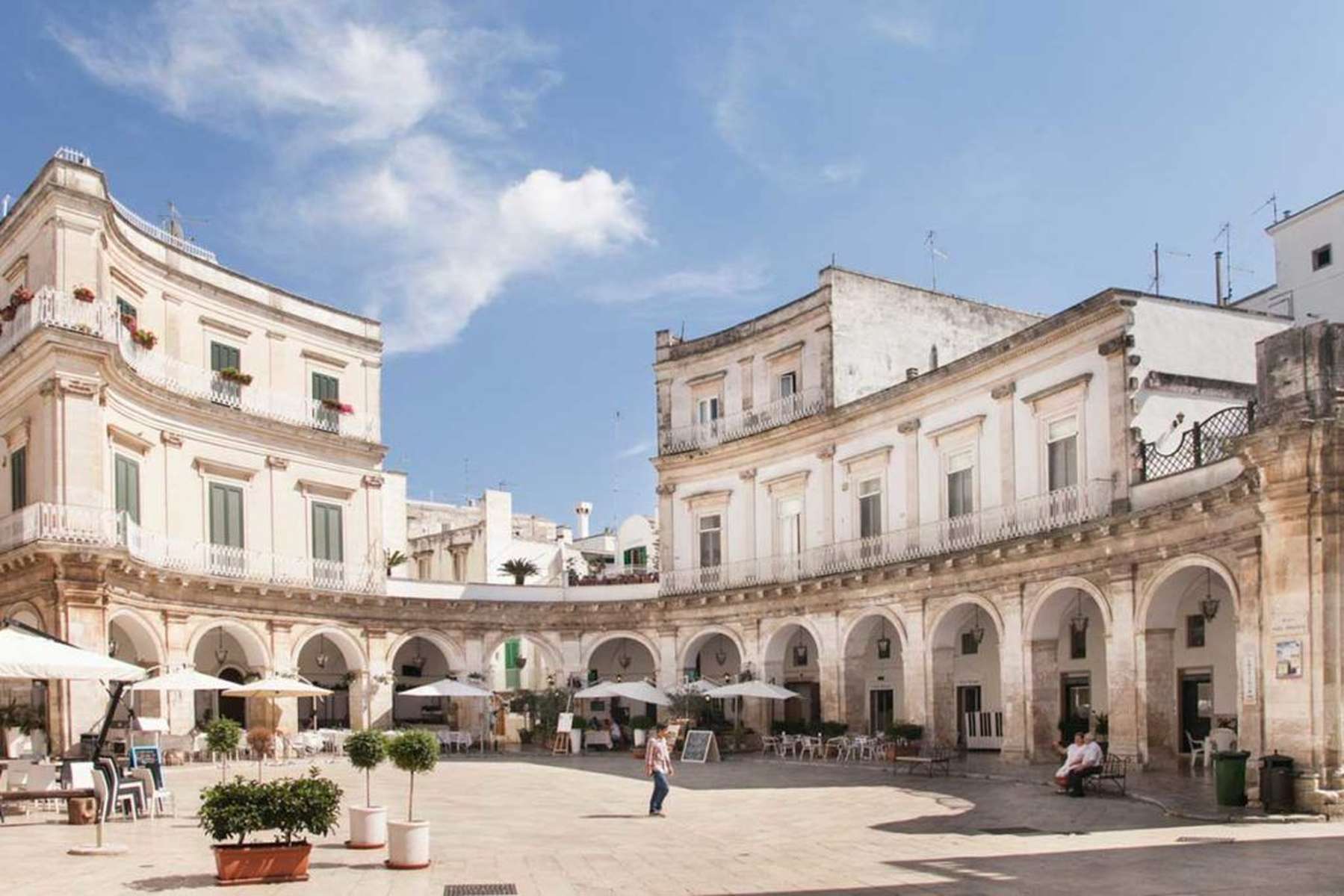1 hour from Trullo della Pace
Alberobello is the only city where there is still an entire district of Trulli.
It was declared a World Heritage Site by UNESCO in 1996 for its architectural uniqueness and historical importance.
To visit Alberobello you simply have to park the car and walk through its narrow streets bordered on both sides of Trulli of different sizes, some inhabited while others transformed into shops (from small stone trulli to typical Apulian products).
Where to Park: In Via Cadore there is a large paid parking, or even in Via Martellotta there is a small parking area.
To visit:
We recommend that you first visit the Monti district with its Church of Sant’Antonio (it is a Trullo Church!) and the areas where the oldest trulli are located (via Monte Nero, Monte Pasubio and Monte San Michele).
Here you can stop to make some purchases, then you can head towards Aia Piccola: inhabited Trulli area with a panoramic view.
Also in the Aia Piccola district is the “Casa Pezzolla” Territory Museum, while further, beyond Corso Vittorio Emanuele, is the Trullo Sovrano, a giant trullo comprising a total of 12 cones.
Do not be afraid to leave the main street and get lost in the side streets, where there are usually fewer tourists and you can get wrapped up in the magical atmosphere that you breathe in this amazing town.
It is also possible to visit Alberobello in a different way…
Have a look at this link: http://www.allwayspuglia.it/en/
Link to Tridavisor
MAYBE YOU DON’T KNOW THAT…
The trullo (whose name derives from the Greek tholoi, constructions very similar to these), for some academics is of Celtic origin, people with fervent religious convictions, whose history is full of rituals in which magical, sacred and transcendent elements converge and presents, at first glance, like a rural house built without the use of mortar.
Even today the secret has not been completely revealed about these “conical houses”.
These constructions, similar also to the Sardinian nuraghe, were once used by the peasants to shelters or tool stores and, according to the tasks they were assigned to, were indicated with different names:
pajare, paiare, pagghiare, pajaruni, paiaruni are just some of the names by which they were named according to their function.
